Pushkar – The spiritual land and world’s largest camel fair
Rajasthan is known for its forts, palaces sand dunes, colourful art and folk music. This is a short introduction to the spiritual side of Rajasthan. Welcome to Pushkar, the scared pilgrimage site for Hindus and Sikhs. When you enter this town, you will find yourself surrounded by the humming tune of chants, devotional songs, temple bells and drums. This town is by the holy Pushkar lake with 52 bathing ghats and is surrounded by 400 temples.
The legend of Pushkar
Pushkar became a place of Hindu pilgrimage because of Pushkar lake . It is believed that the lake was sanctified by Lord Brahma (creator of the universe as per Hindu philosophy). He had dropped a lotus flower on the ground, and a lake was formed at the very same place. In fact the name Pushkar is also derived from the Sanskrit word Pushkar meaning blue lotus. Pushkar Lake is considered sacred like the Mansarovar lake in Tibet. Pushkar is also one of the oldest cities in India and it is also mentioned in our epics like Ramayana and Mahabharata.
It is believed that Pushkar is the birthplace of Rishi Parashara. His successors known as the Parashara Brahmins, still live in the city and its adjoining areas. They have been taking care of the renowned temple of Jeenmata for the last 10 centuries
Pushkar’s connection with Sikhism
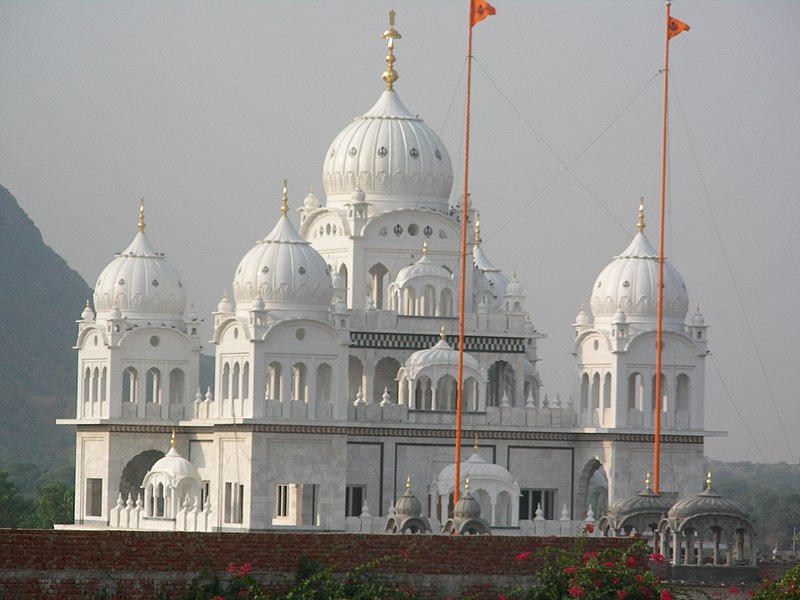
It is believed that centuries ago, Guru Nanak Ji had visited Pushkar as a part of his tour to spread love, peace and humanity. Later around 1706, the tenth Guru, Gobind Singh visited Pushkar and stayed there at a place now known as Gobind Ghat . There is a stone slab which has Gobind Ghat inscribed on it, in Gurumukhi, Devanagari, Persian and Roman scripts. There is also a hukamnama (order) written on bhoj patra (leaf or bark of birch tree) which is believed to have been given by Guru Gobind Singh to the then priest Chetan Das. The current Gurudwara priest also maintains an old hand-written copy of the Guru Granth Sahib.
Dargah of Khwaja Moinuddin Chisti makes it a sacred place for Muslims
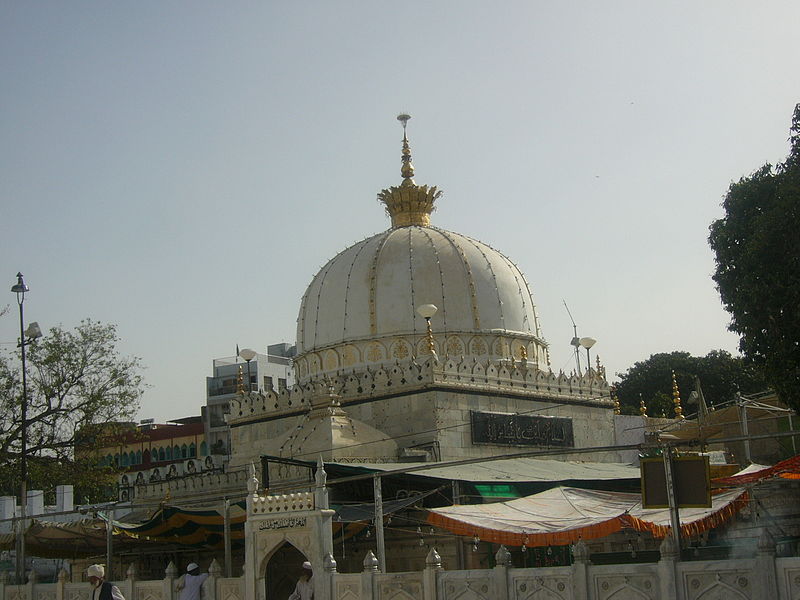
Durgah of Sufi saint Khwaja Moinuddin Chisti is located in Ajmer, which is around 10 kilometres away from Pushkar. Thousands of pilgrims visit this place daily. A lot a Bollywood movies and songs have been shot in this Dargah.
Top things to do in Pushkar, Rajasthan (in no particular order)
Visit the Brahma Temple ( Jagatpita Brahma Mandir)
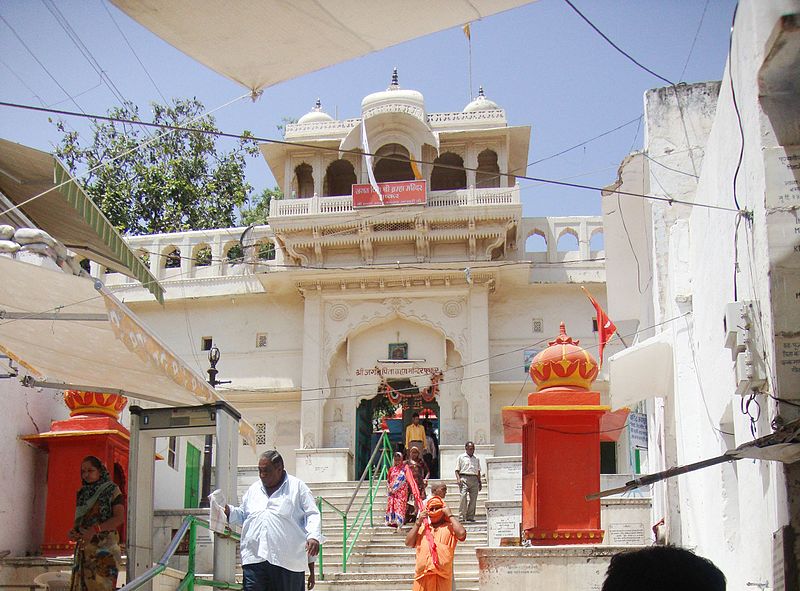
There are very few temples dedicated to Lord Brahma and this one is the most ancient and revered temple of Brahma. This blue coloured temple houses a life size idol of Chaturmukhi (four faced) Brahma, and is guarded by a statue of the Sun god. The temple is usually very crowded.
Take a holy dip at the Pushkar lake
In Hinduism , Pushkar lake is considered as the “Teerth Raj” meaning king of all pilgrimages. This lake is semi-circular in shape and is surrounded by 52 ghats and 400 plus temples. Hinduism believes in the concept of Teerth yatra (pilgrimage) and no pilgrimage is considered complete without a dip in Pushkar lake. For the non-believers, sunset by this lake is another experience.
This spiritual town is also renowned for a fest called Puskar Mela (Fair)
Pushkar is known across the world for the annual event, Pushkar fair, which is one of the largest camel fairs in the world. This is five-day camel and livestock fair between October and November. Though buying and selling livestock is the biggest agenda here, there are a lot of recreational and cultural activities that take place alongside. One of the funny event is the “longest moustache competition”.
Explore the Varaha Temple
The Varaha temple is dedicated to the Varaha (Wild boar) avatar of Lord Vishnu. This is the largest and the most ancient temple of Pushkar and also happens to be the most visited one. It was constructed by King Anaji Chauhan in the 12th century. As per Hinduism, earth was dragged and drowned in the ocean by a demon called Hirnayaksh and Varaha had rescued the earth from bottom of the ocean.
Join the prayer meeting at Gurudwara Gobind Sabha
This was built in the early 19th century to commemorate the visit of Guru Nanak dev (founder of Sikhism) and Guru Gobind Singh (the 10th Guru of Sikhism). This was built by the Marathas. The prayer meetings are very peaceful and a must attend for everyone.
Explore the Savitri temple
This temple is dedicated to Lord Brahma’s first wife Savitri. It is situated right behind the Brahma temple, on a hillock. The walk up to the temple is also a visual treat as one can catch the view of the lake, temples and sand dunes from a height. It is also believed that Savitri had cursed Brahma for marrying Gayatri and hence there aren’t many Brahma temples in the country.
Visit the Man Mahal
This palace was built by Raja Man Singh I as a guest house and is a testimony of the beautiful Rajasthani architecture of that period. Though it has been converted into a heritage hotel, the tourists are allowed to explore some parts of the Palace.
Go shopping at Pushkar bazaar (market)
For those who would like some retail therapy, colourful Pushakar bazaar should not be missed. Check out those souvenirs, silver ware, silver jewellery, traditional Rajasthani attire etc.
Visit some of the rose gardens
Pushkar exports rose flowers to a lot of countries in the world and hence the city is also known as rose city of Rajasthan
This was a short summary about Pushkar and no words can explain the serene atmosphere of that place. You have to be there to feel and experience it. Though everyone talks about the Pushkar fair, this place is actually more about spirituality .
How to reach Pushkar?
Pushkar is around 150 kilometres away from the capital city of Jaipur. You can fly to Jaipur airport and drive to Pushkar. The nearest railway station is in Ajmer and is well connected with a lot of cities.
What is the best time to visit Pushkar ?
Best time to visit Pushkar is from October to March. Though the town is very lively throughout the year with different festivities, desert summers could be quite unkind. For those planning to visit the camel fair, the visit should be timed with the event dates which are usually between October and November.
For more such spiritual experiences in India, you could take a look at the article on India – The Spiritual Abode
In case culture is of interest, check out the places of cultural interest in India.
India is not just about spirituality. There are many more facets to this ancient land – culture, mystery, history, nature, wildlife and so on. Read more about how the different facets of India travel are celebrated here…
In case you are keen on traveling to Pushkar and Rajasthan , you could take a look at the Rajasthan itinerary and cover Pushkar as a part of this itinerary.

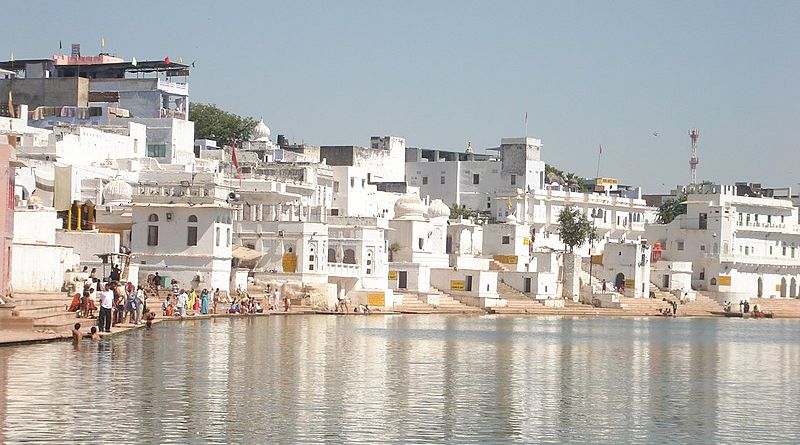
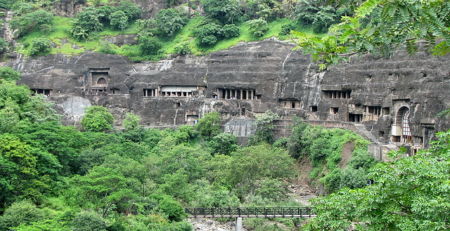
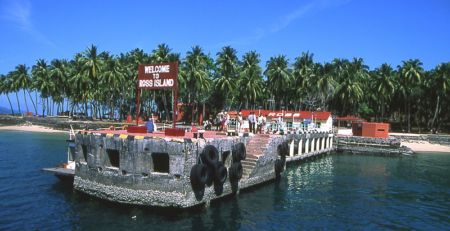
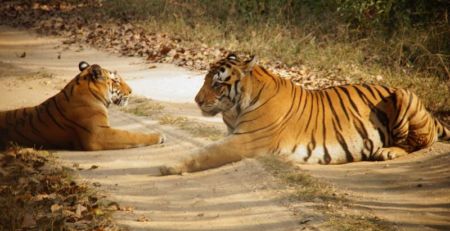
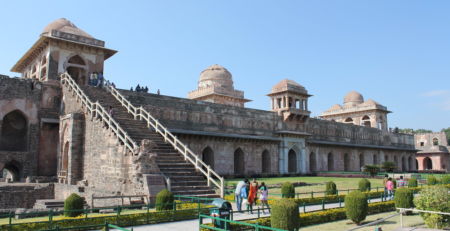
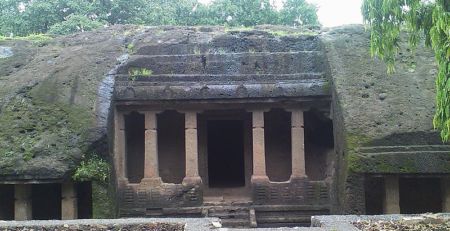
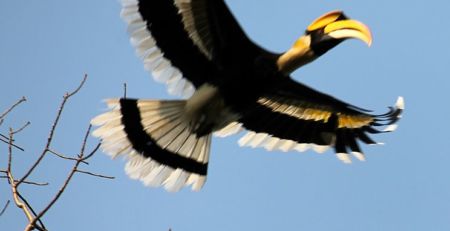
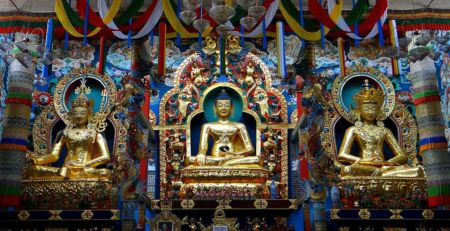
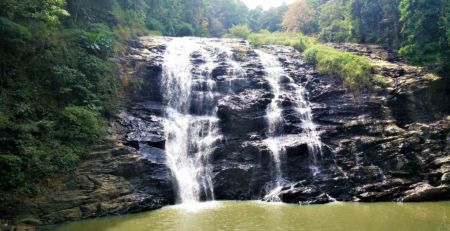
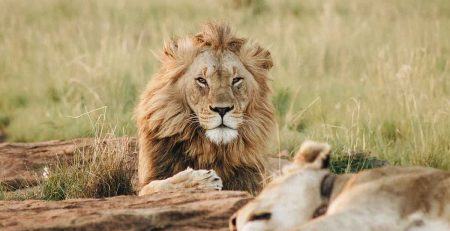
Leave a Reply